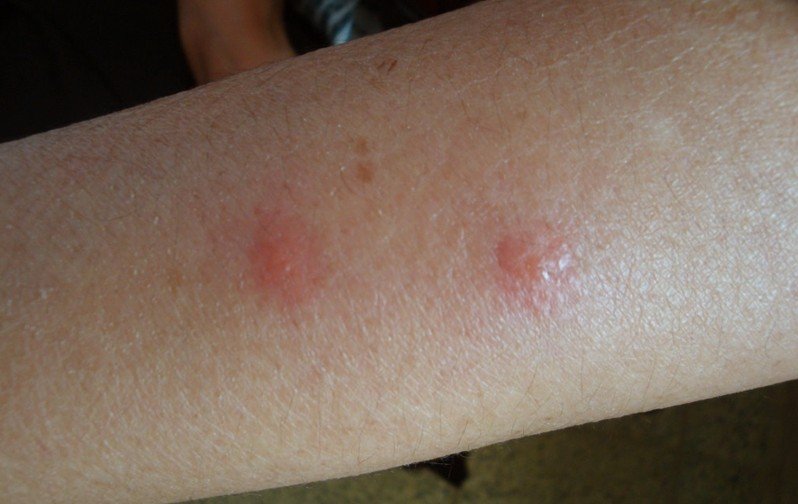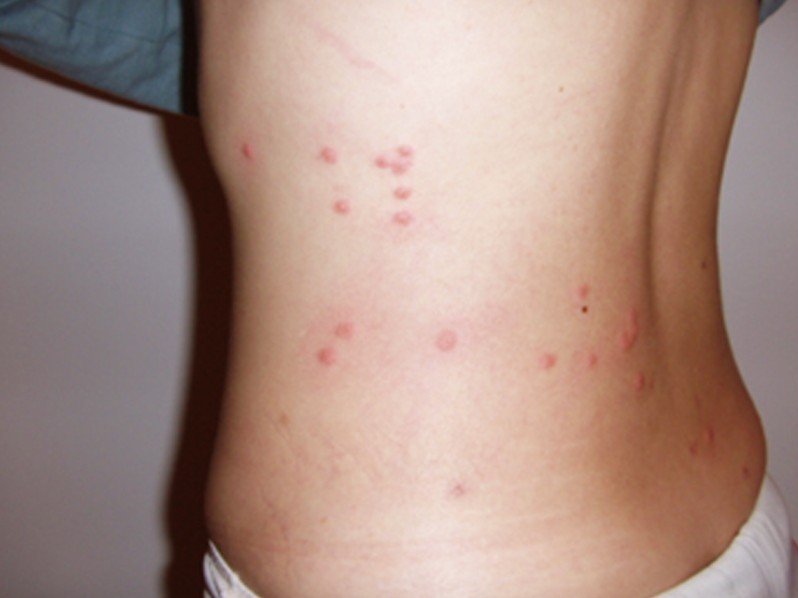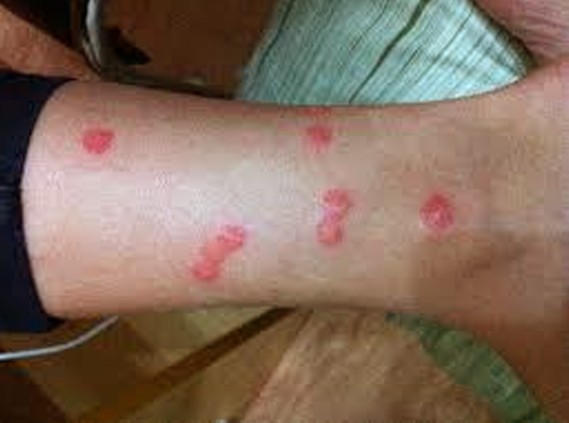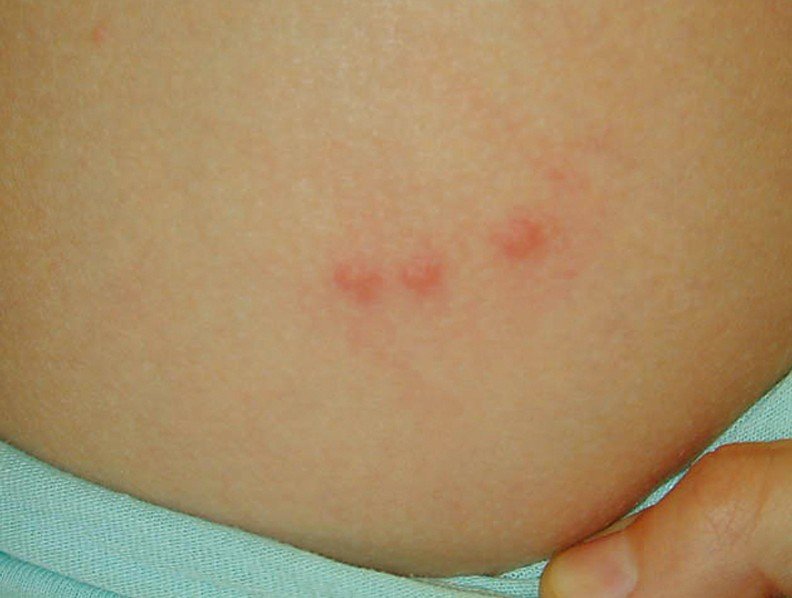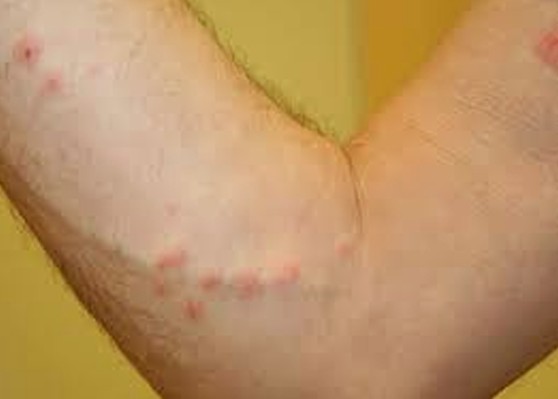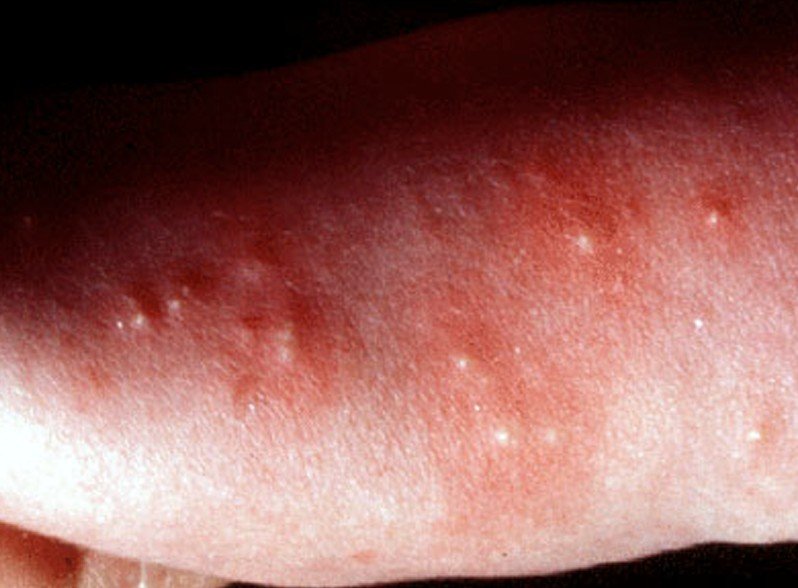Papular Urticaria
What is Papular Urticaria?
Papular urticaria is a self-limited disorder that often occurs in children. It is characterized by the onset of chronic papules as a result of hypersensitivity to insect bites. This skin condition is not a true urticaria as papular urticaria often persists for several days to several weeks unlike the true urticaria which only lasts for several hours.
Papular urticaria is common during the summer months particularly in places where there are a lot of insects. It is common in the skin areas that are often exposed or are not usually covered with clothing.
Papular urticaria is not a contagious disease although the eruption is distressing as it is often itchy and may leave persistent scars especially if the papules are scratched deeply. The potential for infection is relatively high as intense itching may cause children and adults to scratch the lesions incessantly thereby breaking the lesion causing entry for harmful pathogens.
Children between the ages of 2 and 7 years are often affected particularly during the summer time when children are involved in outdoor activities and are exposed to different insects outdoors. The population of the insects often increases during the summer time that papular urticaria is common. Children also have weaker resistance compared to adults that papular urticaria is highly possible. Papular urticaria may also occur in adults but because adults have more tolerance, the incidence of papular urticaria is rather seldom.
Papular urticaria can affect both boys and girls without racial predilection. It can affect people globally, although the incidence is more common in places with hot climates and with increased populations of insects. The incidence is more common during the hot summer months and resolves during the winter or cold season.
Papular Urticaria Symptoms
The lesions in papular urticaria appear like crops of bug bites although the eruption is more likely to originate from a single bug bite only. The eruptions are likely to emerge, vanish and re-emerge from one spot to another. The crops of eruption of lesions are usually triggered by a single bite or few bites from an insect. The lesions usually linger for a couple of days or more before they disappear then spontaneously recur.
Pruritus or itching is the initial manifestation of papular urticaria. The itching is so intense that scratching is inevitable to get relief from the itching. Incessant scratching will lead to crusting of the lesion which will only make it more susceptible to infection. It will also make the lesion sore and provoke old lesion from cropping up.
The lesion of papular urticaria is approximately 0.2 to 2 cm in diameter and is often reddish in color. The lesion usually starts as clusters of lesions. The development is usually found on the face, forearms and legs and other areas of the skin that are usually not covered and are often exposed. The lesion, however, may also occur in other parts of the body, including those that are covered. The lesion may also be blisters filled with fluid and a diameter of about 1 cm.
The distribution of the lesions is somewhat symmetrical which may be localized in the area of the insect bite although the lesions may spread to other parts of the body. The onset of lesions usually occurs right after the symptom of itching. The lesion is elevated and which may be small or large in size and lingers for several days. It emerges, vanishes and emerges again unexpectedly and elsewhere in the body. The lesions are also firm and reddish-brown in color and often develop at the site of the old bite from the insect.
Papular Urticaria Causes
Papular urticaria is thought to be an allergic reaction from the environment and from insect bites. Most cases of papular urticaria are from insect bites although not all papular urticaria originated from insect bites. There are cases of papular urticaria in the absence of pets and the source of the lesion is rather difficult to identify.
The initial bites of the insects are long gone before the onset of papular urticaria is recognized and this makes it rather difficult for doctors to diagnose and isolate papular urticaria from other skin conditions with similar presentation. One similar disorder is prurigo simplex or chronic papular urticaria which has an unknown cause and is considered as another form of atopic dermatitis.
Papular urticaria is common during the summer months and during autumn. The lesions usually clear up during the winter or cold months. Papular urticaria is also common in places with an infestation of insects.
The onset of papular urticaria is believed to be as hypersensitivity reaction of the body from insect bites. Various insects are being linked to papular urticaria although it is difficult to pinpoint the exact culprit as the bite is usually gone before papular urticaria is identified.
Insects from cats and dogs and other domesticated animals are the most implicated in papular urticaria. The different insects considered are the following:
- Bed bugs
- Mites
- Mosquitoes
- Gnats
- Fleas
- Moths
- Caterpillar
Pyemotes ventricosus or straw itch mite is a small parasite that lives in other small insects. This insect is so small that they are hardly seen by the naked eye. They basically feed on the body fluid of their insect host. This insect is particularly implicated in papular urticaria evident in the cases of papular urticaria among farmers, packer, bakers and indoor workers.
Papular Urticaria Treatment
Papular urticaria is generally not a serious disorder although it can be very annoying. The disorder tends to clear on its own within several days to several months but can spontaneously recur.
The primary aim for treatment of papular urticaria is the relief of itchiness to prevent incessant scratching that might cause infection. Several treatments are available to address the symptom of itchiness and these are:
- Topical steroid such as cream is the recommended treatment that is immediately applied on the affected skin and as soon as the lesion develops.
- Topical soothing agent such as calamine lotion is beneficial in relieving the symptom of itchiness.
- Oral antihistamine is found to be more beneficial in reducing the symptom of itchiness and in reducing the development of the lesions as well.
- Antiseptic cream or ointment is often prescribed to prevent secondary infection from happening due to incessant scratching from intense itching.
Papular Urticaria Pictures
Collection of images, pics, photos and pictures of Papular Urticaria…
